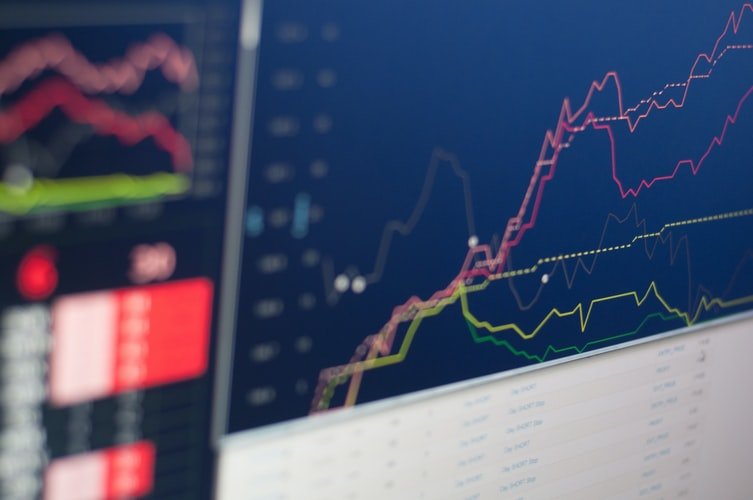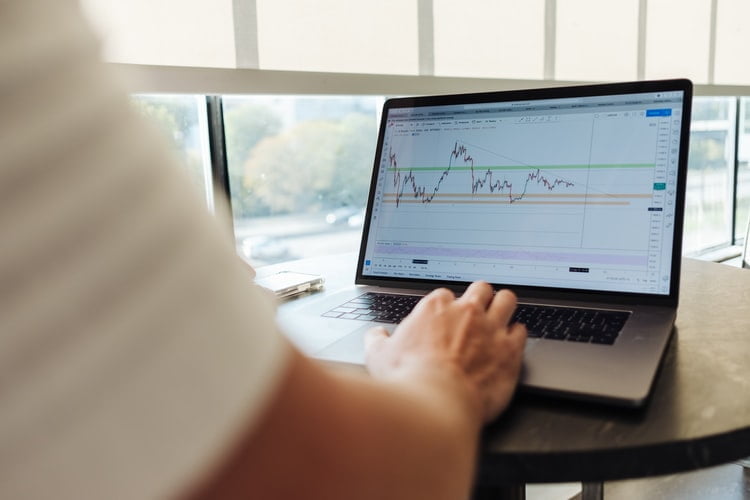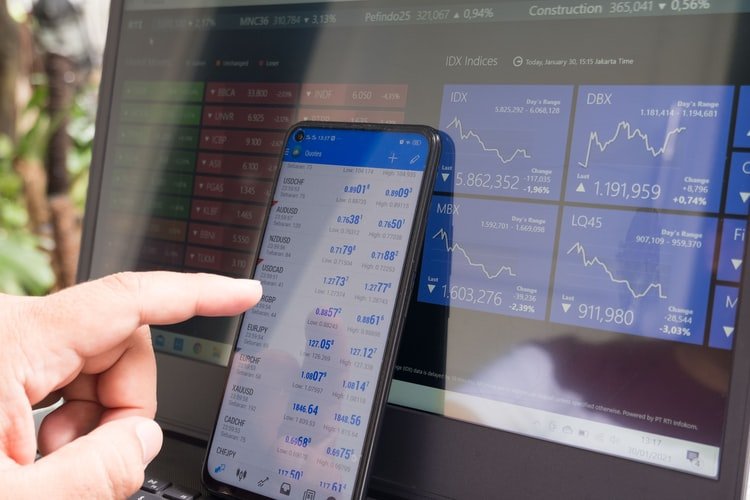Market/investor Sentiment: How Does It Impact Price Movements?
by Abdul Aziz Mondal Finance Published on: 24 August 2021 Last Updated on: 30 December 2024

Regarding trading, you’ve likely heard the term “sentiment and price movements a few times already. In the non-trading world, “sentiment” has a defined meaning: it pertains to how someone or something feels about someone or something else. In the trading world, it’s essentially the exact definition – although it tends to relate more closely to potential rises and falls in value for price movements.
Let’s see what the positive sentiments are.
What Are The Positive Sentiments?

Positive sentiment in the market means that market participants expect the value of a certain instrument to go up, while a negative sentiment means they expect it to go down. In short, it’s the attitude that traders in a particular market have about the way in which the market is going to go with the price movements.
But the definition is – on many levels – far more complex than that. Traders often have a number of questions about sentiment: how many traders need to feel a certain way before a critical mass can influence sentiment one way or the other? How often is sentiment accurate? This blog post will delve into these questions and explore what this complex concept can mean.
3 Factors Which Are Affecting The Positive Sentiments

This is where sentiment can bridge the gap. Using technical indicators to work out the broader market’s opinion makes it possible to pair solid economic information about an instrument with the attitudes of others in the market. In essence, sentiment can be seen as providing information about the present direction – while fundamental analysis can be seen as providing information about the process of value change in the past.
The price movements are entirely dependent upon a few parameters. Here are the names of the three factors which are affecting the positive sentiments.
1. The Link And Their Prices
Before looking more closely at how sentiment in the market works (and what its effects are), it’s first vital to be sure that you have a secure understanding of why it matters. Sentiment matters because of its link to prices: when prices in a market go up, that market can be broadly described as bullish (or optimistic). When prices go down, the sentiment could be described as the opposite: bearish, in trader-speak.
Understanding this has obvious benefits for a trader. It gives them an added piece of information to use when piecing together the puzzle of what price movements might do next. That is crucial for helping them to maximize gains and minimize losses. But that’s not all that market and investor sentiment can do for a trader.
In some cases, the exploitation of sentiment can be used as a trading strategy. Traders who use indicators like the CBOE Volatility Index (or VIX), for example, are often attempting to find examples of where sentiment has been proven wrong and indicated that particular assets might be undervalued.
They then strike through investment while other market participants are looking the other way. In that regard, sentiment can be used as a vehicle for significant profit-making.
2. A Fuller Context
One key point to note about sentiment is that it’s not necessarily the product of the sort of so-called fundamental facts and figures that investors use in other parts of their decision-making for the price movements.
Take the example of a forex pair. It’s possible for a trader to know all there is to know about the JPY/USD pair’s fundamentals, perhaps by exploring the attitudes of the Japanese central bank towards inflation risks or by looking over the economic calendar to work out what political threats could be on the horizon. It’s also possible for traders to read fundamental analysis produced by others – perhaps by specialist analysts at banks or elsewhere, or simply the content offered by financial journalists who publish online.
But this only reflects the context in which the pair (as tradable security) exists. Facts and figures about economic fundamentals are based entirely on what’s gone before and don’t factor in the latest movements of the market. What also matters to a trader is what others in the market feel when they come to trade in the here and now, as it’s this that influences the supply and demand figures – and, hence, the prices.
3. Perspectives Of Others
Understanding the perspectives of others in the market is in vogue at the moment. The rise of social trading techniques as outlined on informative sites like ForexFraud is just one example of how traders are increasingly coming to conceptualize themselves as actors in a larger trading ecosystem rather than isolated individuals. But the idea of sentiment predates this in a number of ways: traders have long since been using the opinions and perspectives of other traders as guidance, and it’s nothing new.
What’s perhaps new is that there’s simply a far more advanced collection of informative tools available to understand market sentiment. With so many technical indicators on offer to add to your bespoke trading data supplies, there have never been so many different ways to comprehend what others in the market are thinking about. So while looking to others to form an opinion on market performance is far from new, it’s certainly the case that it’s grown in popularity – and availability.
Overall, sentiment is a key phenomenon for traders to keep an eye on. Once traders understand that sentiment has a deep and relatively intractable link to prices, it becomes clear that the tool can potentially have potent effects on trading strategy. A trader who is looking to make an investment ought to always look at the price movements of the wider market before plunging into a significant trading decision – and, depending on their strategy, could even use sentiment to do something more complex like locating undervalued assets.
Conclusion:
A sentiment is an ideal tool for those who want to add context about market movements to their base of essential information about an asset – so if you’re not already factoring technical analysis of sentiment into your trading, now may well be the time to start. These three factors are the main key factors that are directly affecting the price movements and making progress.
Read Also:



































































































